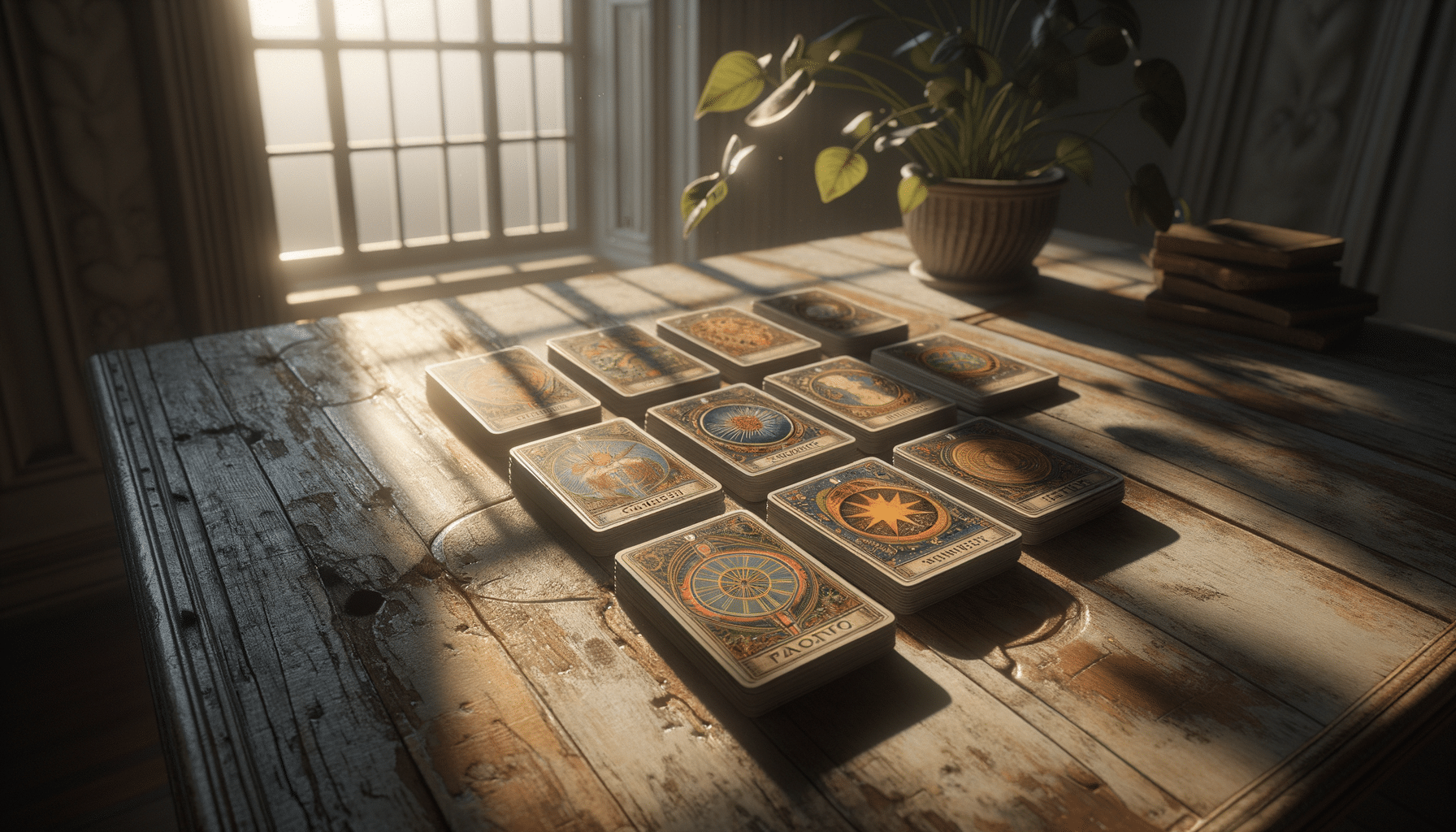
Discover Your Future with Tarot Card Readings
Introduction to Tarot Card Readings
Tarot card readings have intrigued humanity for centuries. This ancient practice involves a deck of 78 cards, each with its own symbolism and meaning, used to gain insights into various aspects of life. Whether you seek guidance on love, career, or personal growth, tarot readings offer a unique perspective. In today’s fast-paced world, many people turn to tarot as a tool for reflection and decision-making. The allure of tarot lies in its blend of mysticism and introspection, inviting individuals to explore their subconscious and the possibilities that lie ahead.
The History and Evolution of Tarot
The origins of tarot cards can be traced back to the 15th century in Europe, where they were initially used for playing games. It wasn’t until the 18th century that tarot began to be associated with divination and the occult. The transformation of tarot from a simple card game to a mystical tool is a fascinating journey in itself. Over the years, tarot has evolved, influenced by various cultures and spiritual beliefs. Today, tarot decks come in numerous designs, each reflecting different philosophies and interpretations. This evolution has allowed tarot to remain relevant and adaptable, appealing to a diverse audience seeking spiritual guidance.
Understanding the Tarot Deck
A standard tarot deck comprises 78 cards, divided into two main categories: the Major Arcana and the Minor Arcana. The Major Arcana consists of 22 cards that represent significant life events or spiritual lessons. These cards, such as The Fool, The Magician, and The World, often symbolize transformative moments in one’s life. The remaining 56 cards belong to the Minor Arcana, which is further divided into four suits: Cups, Pentacles, Swords, and Wands. Each suit corresponds to different aspects of life, such as emotions, finances, intellect, and creativity. Understanding the symbolism and meaning of each card is crucial for accurate tarot readings, as it allows the reader to interpret the messages conveyed by the cards.
The Process of a Tarot Reading
Tarot readings can be conducted in various ways, depending on the reader’s style and the seeker’s needs. Typically, a reading begins with the seeker focusing on a question or area of concern. The reader then shuffles the deck, often asking the seeker to cut the cards to infuse their energy into the reading. Cards are drawn and laid out in a specific spread, such as the Celtic Cross or a three-card spread, each offering different insights. The reader interprets the cards based on their positions and relationships within the spread. This process is not about predicting the future with certainty but rather offering guidance and clarity to help the seeker make informed decisions.
The Benefits and Limitations of Tarot
Tarot readings offer numerous benefits, including self-reflection, clarity, and validation. They can provide a fresh perspective on a situation, helping individuals to see possibilities they might have overlooked. However, it is essential to approach tarot with an open mind and a healthy level of skepticism. Tarot should not be seen as a definitive answer to life’s questions but rather as a tool for personal exploration. Like any form of guidance, the effectiveness of tarot depends on the seeker’s willingness to engage with the process and apply the insights gained to their life. Understanding its limitations ensures that tarot readings remain a valuable and constructive practice.


